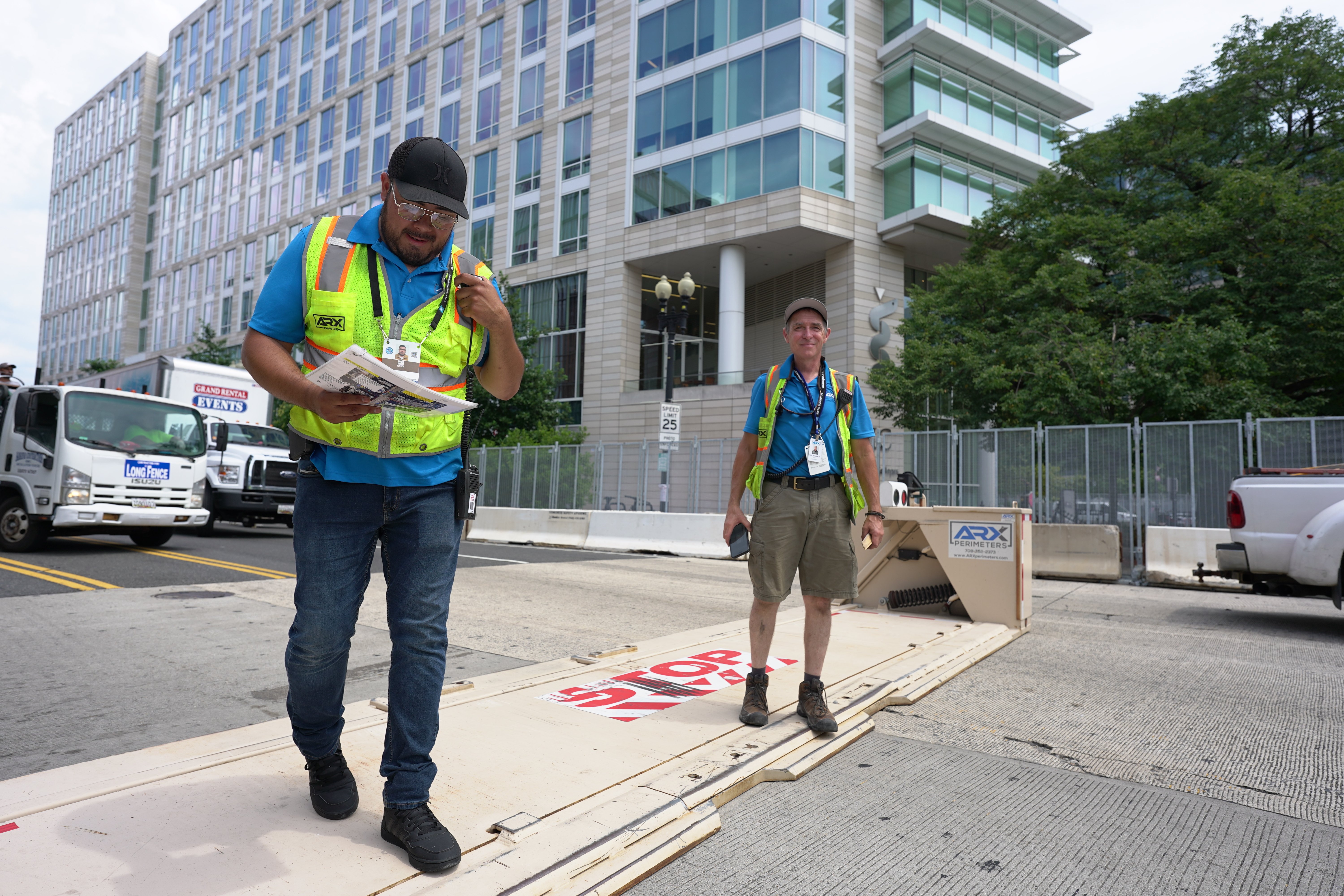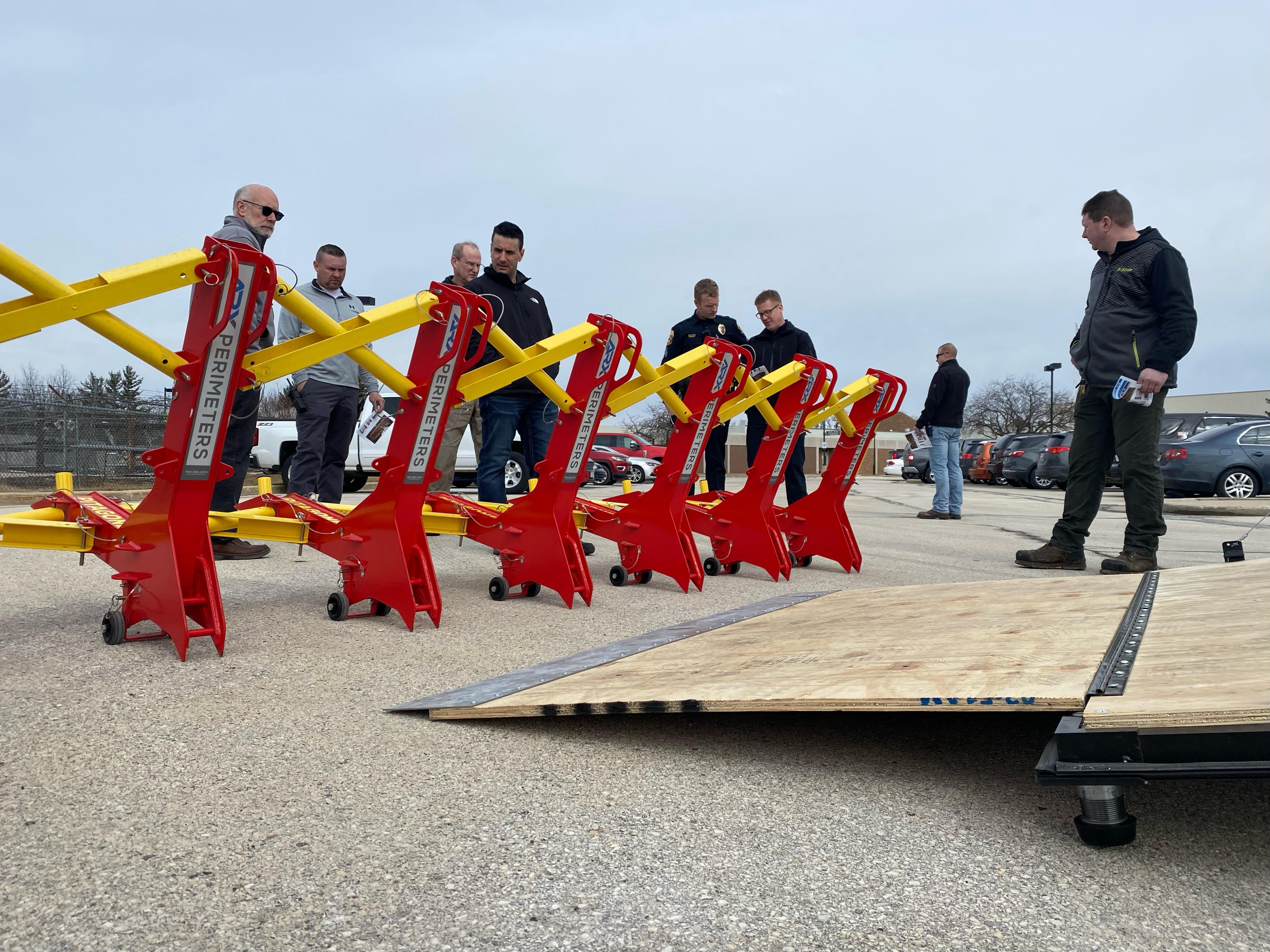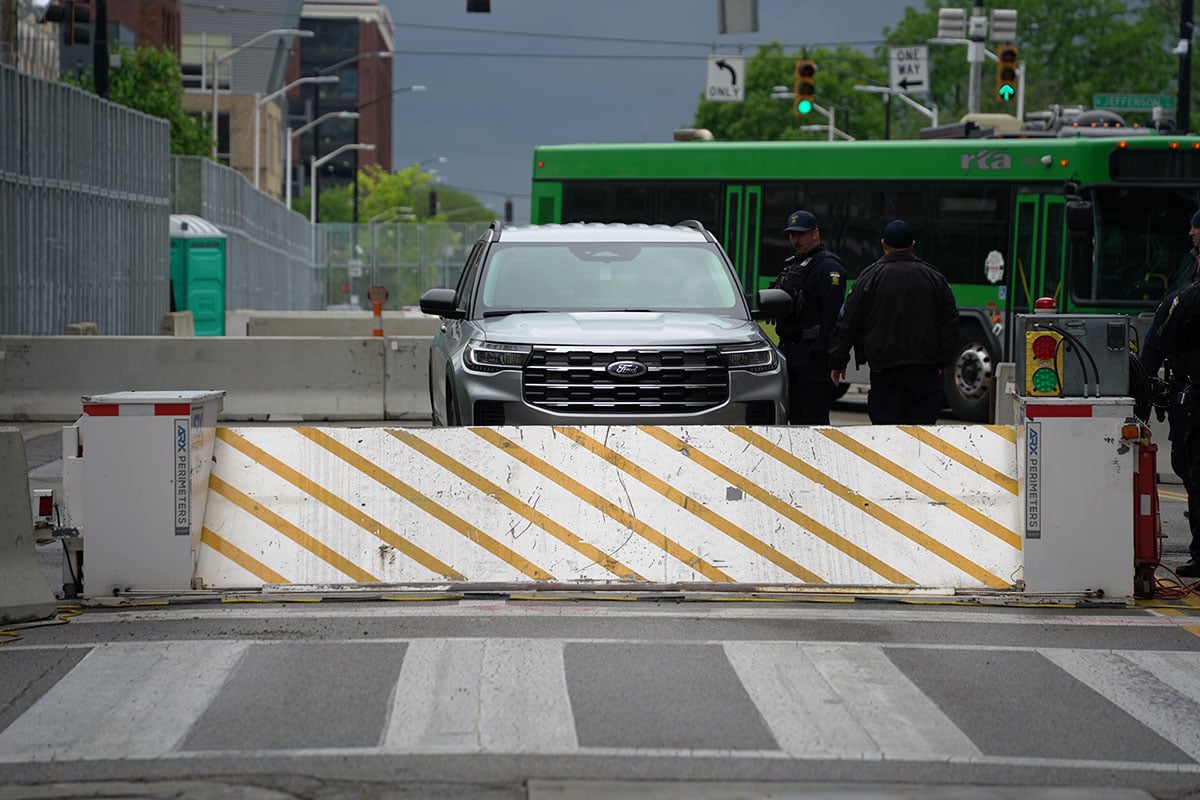If your agency or organization is planning on purchasing or renting a vehicle barrier system, understanding the different crash test ratings play a pivotal role in your decision making process. These vehicle barrier ratings are also crucial for implementing an effective security strategy against vehicular attacks when deploying active vehicle barriers.
Understanding these different crash test ratings will help you understand the effectiveness of a particular vehicle barrier.
Recently there was a transition in vehicle crash test ratings from the older standard, K-Ratings, to the new more comprehensive, M-Ratings, by the American Society for Testing and Materials (ASTM).
What are the factors for vehicle barrier crash ratings?
Vehicle Barrier Crash test ratings for are assessed based on the follow criteria:
Vehicle Weight: How heavy is the vehicle
Vehicle Speed: What was the speed the vehicle was traveling at the time of impact
Penetration Distance: How far did the vehicle or payload travel after impact with the vehicle barriers
These factors help determine the effectiveness of a barrier in real-world scenarios.
Vehicle Weights and Crash Ratings
Under ASTM standards, vehicle weights are categorized into several different classifications, each to a specific type of vehicle ranging from small passenger cars to heavy vehicles.
These categories include:
C-ratings: small passenger car weighing 2,430 lbs
PU-ratings: pickup truck weighing 5,070 lbs
M-ratings: medium-duty truck weighing 15,000 lbs
H-ratings: heavy goods vehicle weighing 65,000 lbs
K-Ratings to M-Ratings
K-Ratings were established by the Department of State under Diplomatic Security (DS) and had penetration ratings of L3 to L1 in 1985. In the 2003 revision they removed L-penetration rating to only accept less than 1 meter of penetration.
A barrier's certification under the K-Rating system was based on preventing the vehicle's front bumper from penetrating more than 50 feet past the barrier. The new M-Ratings have expanded this protocol:
Payload Penetration: M-Ratings factor in how far the actual payload of the vehicle travels beyond the barrier, offering a more realistic understanding of a barrier's effectiveness in halting the most critical part of the vehicle.
Penetration Allowance: Any test traveling beyond 98.41 does not get a rating.
Importance of Updated Crash Ratings
M-Ratings reflects an updated understanding of security needs in today's world, where threats can vary widely in terms of vehicle size and speed. These vehicle crash test ratings allow for a more calculated approach to vehicle barrier design and deployment, ensuring that vehicle barriers are tested and certified against the most relevant and severe vehicle impact scenarios.
Understanding these vehicle weights and corresponding crash test ratings, city planners, law enforcement, and security personnel can make more informed decisions about which barriers to deploy in when shutting down streets or protecting other venues and events.
Learn more about our vehicle barrier solutions.
Related articles

From Perimeter Protection To Complete Site Security: How ARX Became The Leader
Carson Schenk | Aug 12, 2025 8:11:15 AM

What To Look For In A Hostile Vehicle Mitigation System | Vehicle Barriers
Chase Tobin | Feb 26, 2025 9:08:25 AM



